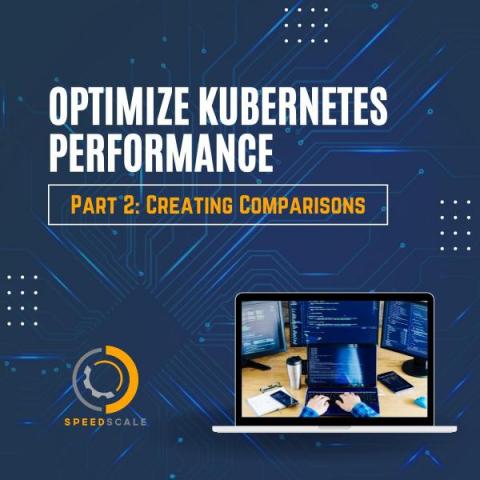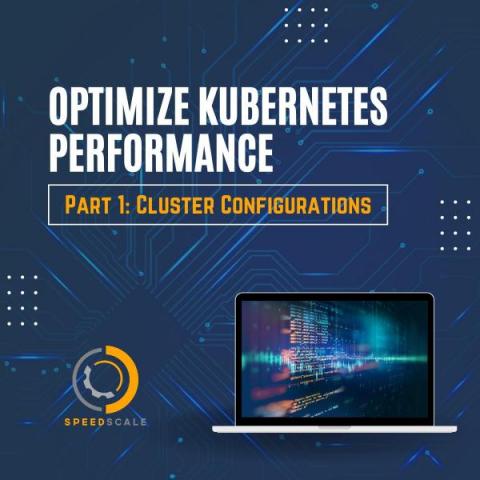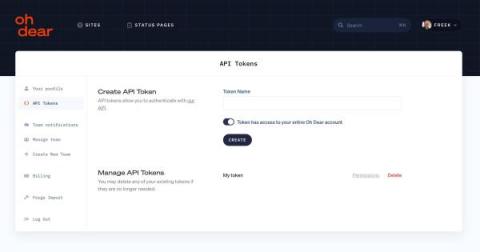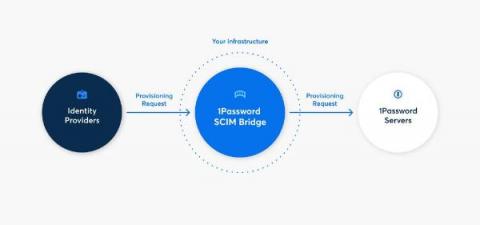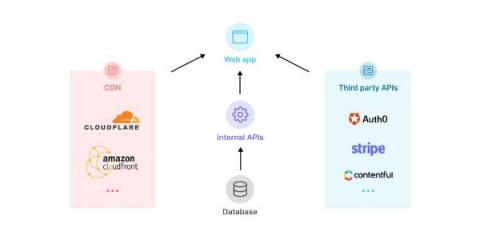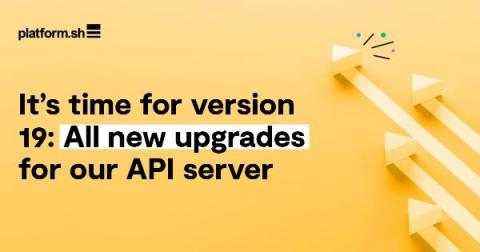Operations | Monitoring | ITSM | DevOps | Cloud
API
The latest News and Information on API Development, Management, Monitoring, and related technologies.
Optimize Kubernetes Performance Part 1: Cluster Configurations
Running API and Browser Checks Using Terraform, AWS, and Checkly Private Locations
When adding new Checks in Checkly a number of locations are available to check your endpoints from multiple locations around the world. For most use cases this is more than enough to ensure your resources are online. However, these locations are outside of your network and are unable to check on resources deployed more securely inside your private network.
Our API tokens can now be scoped by site or status page
Oh Dear has an extensive API that powers various powerful integrations. To use the API, you first need to create an API Token in the Oh Dear UI. Previously, such a token could be used to make API calls to any site or status page in your Oh Dear account. We noticed that some of our users are agencies that use Oh Dear to monitor their clients' sites.
What is API Monitoring? A Complete Guide
Attach Screenshots to your Playwright Test Reports
The Critical Role of APIs in Microservices Architectures
The first thing to know when exploring APIs vs microservices is that there’s not a dichotomous relationship between these two technical approaches. Instead, you want to build an understanding of how these two technologies relate to each other—and they do, in a big way. So, organizations don’t need to embrace either an API-first or microservices-first strategy.
How 1Password Relies on Checkly for Secure System Health Monitoring for Thousands of Business Customers
1Password uses Checkly to provide transparent, advanced synthetic monitoring to 1Password SCIM bridge customers 1Password is a leader in human-centric security and privacy, with a solution that’s built from the ground up to enable anyone—no matter the level of technical proficiency—to navigate the digital world without fear or friction when logging in.
What is API Monitoring?
The increasing complexity of modern websites and web applications means that a dependency on Application Programming Interfaces—or APIs—is unavoidable. APIs are used throughout software to define interactions between different software applications. They are also indispensable to businesses as they enable them to develop applications that can scale and provide a wealth of services without the need to build every software or server component from scratch.
Introducing version 19: New upgrades for our API server
We’re excited to announce even more new upgrades for our API servers - let’s get into the details!


